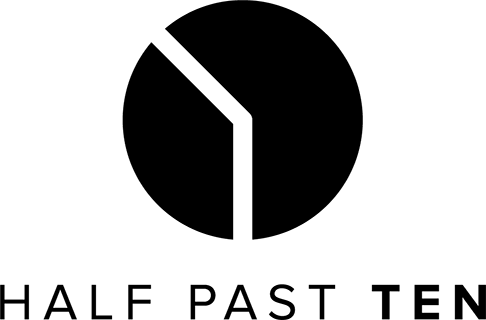Seeing ‘Black Panther’ earlier this year, I was in awe at the scale director Ryan Coogler and cinematographer Rachel Morrison achieved. That notion arose because their previous collaboration, the brilliant ‘Fruitvale Station’ starring Michael B. Jordan, was a much smaller production. Partly from internal doubt of my own ability to make a jump like that (in any line of work or art!), I began to wonder how they rose to the occasion of a mega-blockbuster and succeeded.
I concluded that their creative relationship, and growth over time through that relationship, helped tremendously in preparing them for that moment.
Image via People.
As I pondered this while reading the American Cinematographer feature on ‘Black Panther’ at a cafe over a cappuccino, I texted a friend and colleague these thoughts. He added that “they both prepared for the opportunity,” and that things like prep time a supportive greater team (and studio) aided greatly.
When Coogler first hired Morrison for ‘Fruitvale’, it was simply the result of a smart choice. But they’re youth and hunger set the foundations for a growing partnership. As Coogler explains,
“…for my first film, I was looking for the best cinematographer I could find. Rachel Morrison was that. She was the best DP we could get at the time, and I thought I was getting somebody amazing, but she turned out to be incredible, just phenomenal in every way, and our dispositions kind of matched each other. We were extremely young, extremely lucky to get her for that project.”
Morrison adds that “it was like director/DP love at first Skype.”
Coogler and Morrison on set. Image via American Cinematographer.
Coogler went on to direct ‘Creed’ (Morrison had to miss this due to the birth of a child), while Morrison did films such as ‘Dope’ and ‘Mudbound’. Though apart, this studio experience likely gave them a mid-budget testing ground for a larger scale project. With their indie-esque sensibilities and creative relationship already ingrained, these projects surely helped them further master their crafts.
Thus led to the opportunity for Marvel Studios Black Panther. As Morrison notes in the American Cinematographer,
“‘It never occurred to me then that we would one day make a superhero film,’ the cinematographer muses. ‘Now that I know Ryan better, it makes perfect sense. Graphic novels, comic books and superhero films were always in his DNA, even if they weren’t in mine. What we have in common is a desire to challenge ourselves.’”
That taste for challenge, trust in a creative collaborator, hard work, and strong support from the studio and crew all came together to produce an environment ripe for success. As professionals, Coogler and Morrison would’ve surely succeeded on ‘Black Panther’ had they not worked together previously, but their prior collaboration likely elevated the film and the output of their creative efforts.
As Barry Jenkins’s ‘Moonlight’ producer notes, it’s crucial to “find your tribe.” Interdisciplinary arts, especially one like film, are inherently collaborative. We can only go so far alone. When we are able to find partners, particularly when we are in the early stages of developing our craft, we can ‘accelerate the returns’ on our work and our process, thus growing, learning, and improving through each of our collaborations. The whole is truly greater than the sum of the parts.
- JG
Image via Zimbo.
PS – Other examples of fruitful creative partnerships in film* are:
The Coen brothers and cinematographer Roger Deakins
Roger Deakins and director Sam Mendes
Martin Scorsese and editor Thelma Schoonmaker
Directors and lead actors, such as Scorsese and DiCaprio or De Niro, or Michelangelo Antonioni and Monica Vitti
Barry Jenkins and cinematographer James Laxton
*a much abridged list.
Roger Deakins (right) and the Coen Brothers. Image via Collider.





